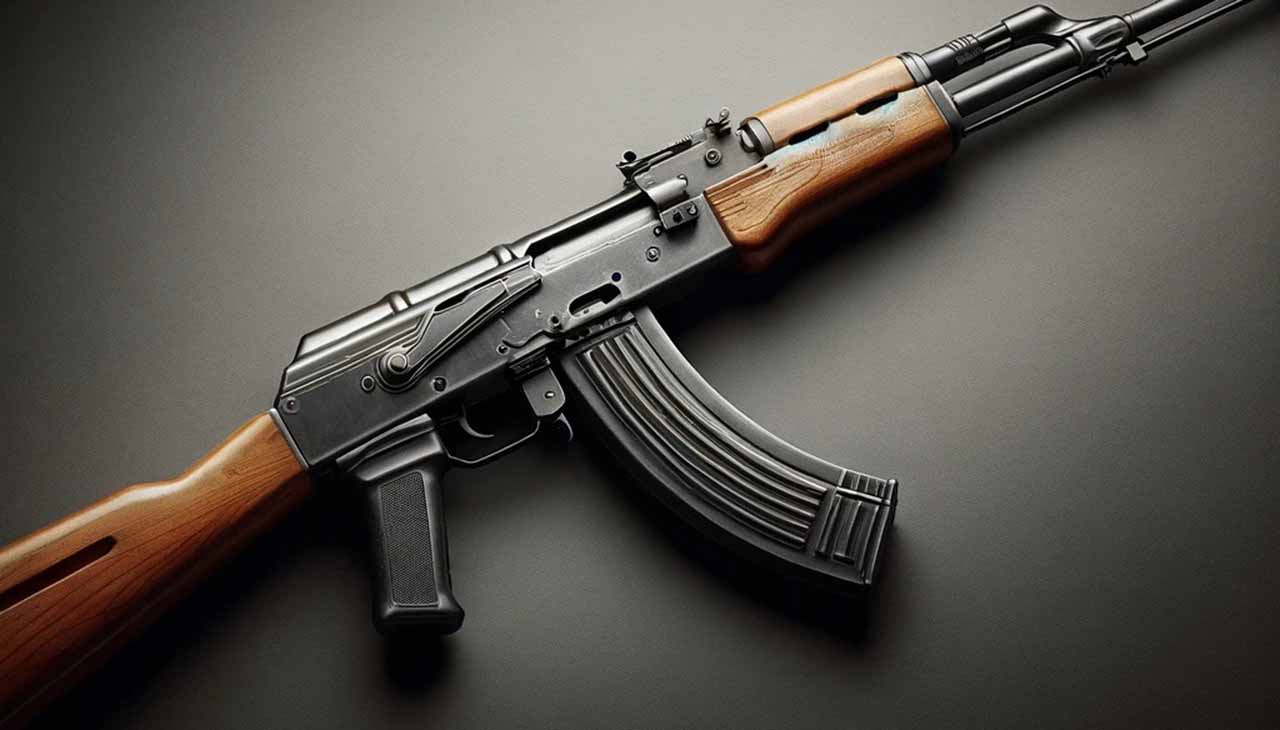
The AK-47, or the ‘Avtomat Kalashnikova’, has reputedly earned its title as the ‘weapon of the century’. Its inception in the late 1940s by the Soviet engineer, Mikhail Kalashnikov, marked a paradigm shift in the landscape of military armament. Renowned for its durability, low production cost, and ease of use, the AK-47 quickly rose to global prominence, finding its way into the hands of military forces, guerilla fighters, and even revolutionaries. This section delves into the origins, development, and widespread influence of this ubiquitous assault rifle.
History and Evolution of the AK-47
The AK-47, also known as the Avtomat Kalashnikova model 1947, has a rich history and evolution that spans over seven decades. Here is an overview of the history and evolution of the AK-47:
- Creation and Design:
- The AK-47 was designed by Mikhail Kalashnikov, a Soviet engineer, in the late 1940s.
- Kalashnikov’s goal was to create a reliable and effective rifle for the Soviet Army.
- After several years of development, the AK-47 was officially adopted by the Soviet Union in 1949.
- Widespread Distribution:
- Following its adoption, the AK-47 was distributed to various Soviet-aligned countries and armed forces.
- The rifle’s simplicity, durability, and effectiveness made it highly popular among military organizations worldwide.
- Influence on Guerilla Warfare and Insurgency:
- The AK-47 played a significant role in influencing guerilla armies, insurgents, and revolutionists.
- Its ease of use, reliability, and availability made it a weapon of choice for guerrilla fighters in conflicts around the world.
- Global Popularity:
- The AK-47’s popularity can be attributed to its affordability, low maintenance requirements, and its ability to withstand harsh conditions.
- Its widespread availability led to its use in numerous conflicts, making it one of the most recognizable firearms in the world.
- Evolution and Variants:
- Over the years, the AK-47 has undergone various modifications and improvements, resulting in several variants and models.
- These variants include the AKM, AK-74, and AK-103, each incorporating advancements in materials, ergonomics, and caliber.
Despite its age, the AK-47 remains a symbol of power, conflict, and controversy. Its legacy as a reliable and widely used firearm continues to shape modern warfare.
Impact on Modern Warfare
The impact of the AK-47 on modern warfare is profound and far-reaching. Its inherent durability and reliability in diverse environments have established it as a mainstay on the battlefield. The AK-47, in its numerous variants, is consistently favored by both state and non-state actors due to its ease of handling, minimal maintenance requirements, and high rate of fire. This has led to its widespread use in asymmetrical warfare, where conventional military methods are offset by irregular tactics. It has spurred a change in combat strategies, prompting an increased emphasis on mobility and flexibility. Furthermore, the AK-47’s ubiquity has influenced the global arms trade, often symbolizing the unintended consequences of arms proliferation. Its enduring significance in warfare underscores its reputation as the ‘weapon of the century’.
Conclusion
In closing, the AK-47 has undeniably earned its moniker as the ‘weapon of the century’. Its inherent simplicity, reliability, and affordability have propelled it to global prominence, influencing military strategies, shaping conflicts, and even altering the course of nations. The rifle’s pervasive presence in various corners of the globe serves as a testament to its enduring impact. While its legacy is steeped in controversy, the AK-47’s role in the annals of warfare and its status as a symbol of power and upheaval are irrefutable. As we look ahead to the future of warfare, the footprint of the AK-47 will undoubtedly continue to resonate.





